Search results for 'Red pigments'
-
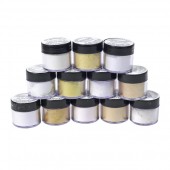
Pearl Lustre Pigments 7g
Starting at: £4.70
-
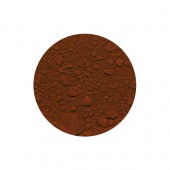
Red Ochre Pigment
Starting at: £4.00
-
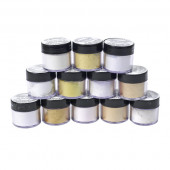
Pearl Lustre Pigments 1 kg
Starting at: £94.00
Call to Order
-
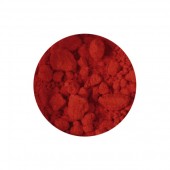
Cadmium Red Pigment
Starting at: £8.40
-
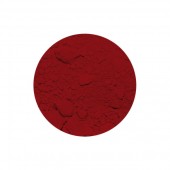
Cadmium Red Deep Pigment
Starting at: £15.00
-
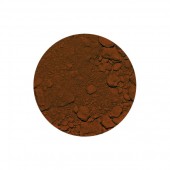
Mars Red Pigment
Starting at: £4.50
-
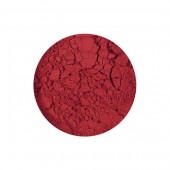
Quinacridone Red Pigment
Starting at: £5.50
-
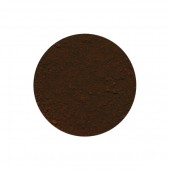
Indian Red Pigment
Starting at: £4.60
-
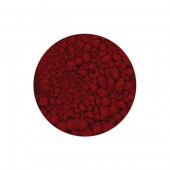
Carmine Red Genuine Pigment
Starting at: £10.00
-
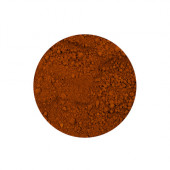
English Red Light Pigment
Starting at: £5.50
-
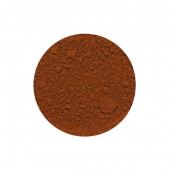
Pozzuoli Red Pigment
Starting at: £5.20
-
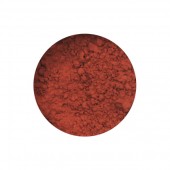
Venetian Red Pigment
Starting at: £4.60
-
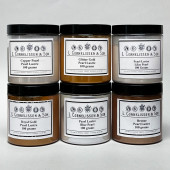
Cornelissen Pearl Lustre Pigments 100g
Starting at: £12.90
-
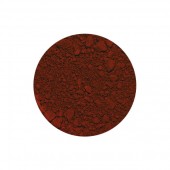
Translucent Red Oxide Pigment
Starting at: £9.80
-
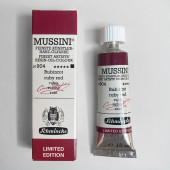
Schmincke Mussini Ruby Red Limited Edition 15 ml
£26.00
-
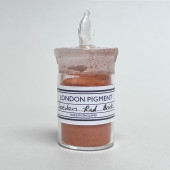
London Pigment, London Red Brick
£30.00 -
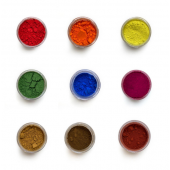
Small, 15ml Pigment sizes
Starting at: £4.00
-
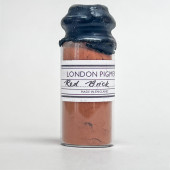
London Pigment, London Red Brick
£18.00 -
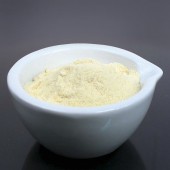
Powdered Rosin
Starting at: £13.90
-
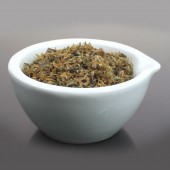
Carrageen Moss
Starting at: £51.00
-
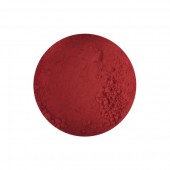
Alizarin Crimson Pigment
Starting at: £4.50
-
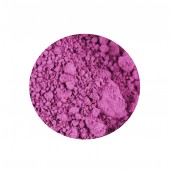
Ultramarine Pink Pigment
Starting at: £8.00
-
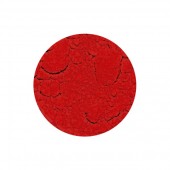
Cadmium Vermilion Pigment
Starting at: £7.50
-
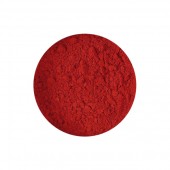
Quinacridone Scarlet Pigment
Starting at: £6.30
-
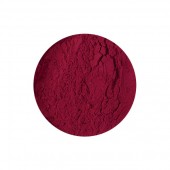
Quinacridone Magenta Pigment
Starting at: £5.50
-
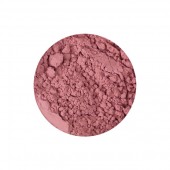
Potters Pink Pigment
Starting at: £22.00
-
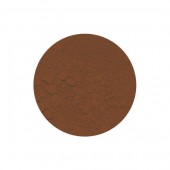
Cadmium Brown Pigment
Starting at: £10.00
-
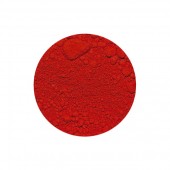
Vermilion Imitation Pigment
Starting at: £8.20
-
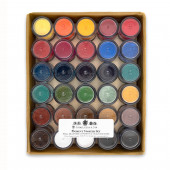
Cornelissen Pigment Set of 30 Colours
£130.00 -
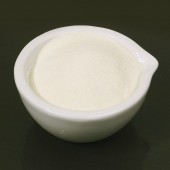
Casein Lactic
Starting at: £15.95




